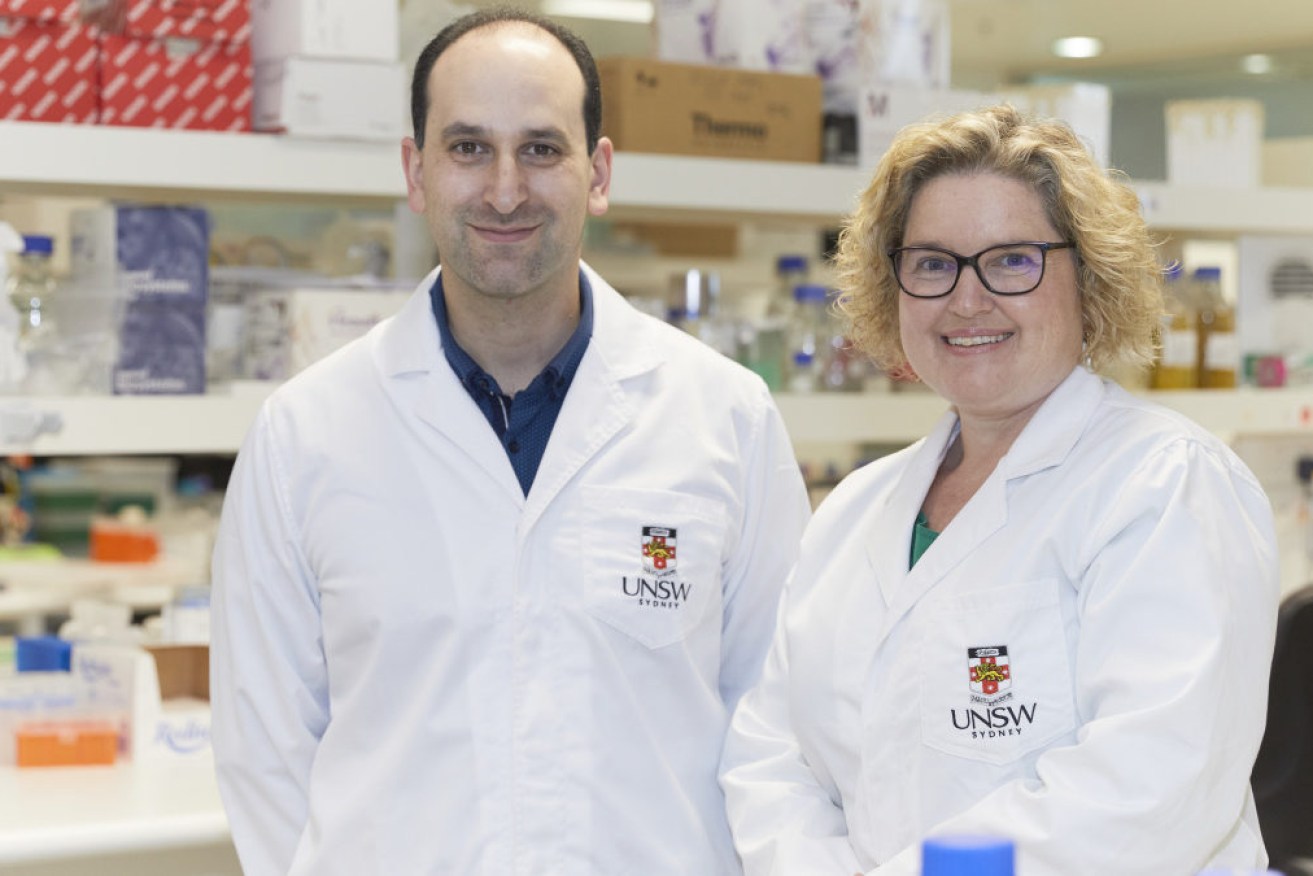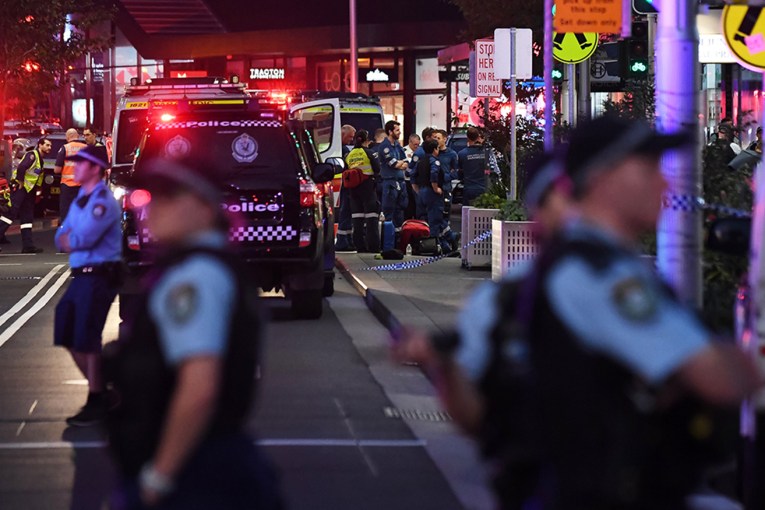‘Ten years in the making’: Arthritis drug repurposed to fight pancreatic cancer cells


Dr George Sharbeen and Dr Phoebe Phillips start recruiting for a clinical trial within weeks. Photo: UNSW
Are we on the brink of a genuine breakthrough in treating pancreatic cancer, the disease that almost always kills its victims within months of diagnosis?
Associate Professor Phoebe Phillips from the University of NSW’s adult cancer program told The New Daily that she has never before been so “optimistic” and “hopeful” in her career researching the disease.
We’ll know soon enough whether that optimism pays off.
Within weeks, Dr Phillips and her team will start recruiting pancreatic cancer patients for a Phase II clinical trial.
The volunteers will receive a repurposed arthritis drug that appears to defeat pancreatic cancer’s formidable defences against treatment.
Because the drug, Sulfasalazine, has already proven itself to be safe, an expensive Phase I trial isn’t necessary, saving valuable time.
“Going straight into a Phase II trial is a huge deal,” Dr Phillips said.
And because the drug is off patent – and listed on the PBS – Dr Phillips said patients would be paying about $50 for treatment, instead of many thousands that a new drug ordinarily costs.
So how did this all happen?
Twenty years ago, Phoebe Phillips, then a PhD student, discovered ‘helper’ cells that build up scar tissue that feed pancreatic tumours – but also protect the cancer from being treated with drugs.
These ‘helper cells’ – also called cancer-associated fibroblasts – are recruited by cancer cells to support their growth and spread, essentially scouting out and preparing sites for metastasis.
Dr Phillips said helper cells have been “ignored” in treatment strategies.
This week, Dr Phillips and her team published a paper detailing an intervention that attacks both the cancer cells and the helper cells, thereby thwarting the aggressiveness and drug resistance of the disease.
“It’s been 10 years in the making,” she said.
What was the key finding?
The potential new treatment targets a protein called SLC7A11, which has been found in high levels in more than half of all pancreatic patients. The arthritis drug Sulfasalazine “potently inhibits” SLC7A11.
“We found that switching off SLC7A11 in mice with pancreatic tumours directly killed pancreatic cancer cells, reduced the spread of tumour cells throughout their body and decreased the scar tissue fortress,” said Dr George Sharbeen, a postdoc researcher in Dr Phillips’ lab who led the experimental work.
“In other words, we have identified a novel ‘dual cell’ therapeutic target – tackling both the tumour cells and their helpers – which overcomes the current limitations of standard chemotherapy.”
The potential is “to improve treatment response and ultimately survival of these patients”.
In future trials Sulfasalazine will be used in tandem with existing cancer drugs with a view to finding a treatment sweet spot.
As Dr Phillips noted in a prepared statement: “Pancreatic cancer has seen minimal improvement in survival for the last four decades – and without immediate action, it is predicted to be the world’s second biggest cancer killer by 2025.”
The researchers hope to analyse and publish the first set of results of the trial within three years.








